Ephesus

Ephesus (Turkish Efes) was an ancient Greek city, and later a major Roman city, near present-day Selçuk. It was one of the twelve cities of the Ionian League during the Classical Greek era. In the Roman period, Ephesus had a population of more than 250,000 in the 1st century BC, which also made it one of the largest cities in the Mediterranean world. The best-preserved classical city in the eastern Mediterranean, Ephesus is the place to get a feel for what life was like in Roman times.
The city was famed for the Temple of Artemis (completed around 550 BC), one of the Seven Wonders of the Ancient World. Emperor Constantine I rebuilt much of the city and erected new public baths. Following the Edict of Thessalonica from emperor Theodosius I, the temple was destroyed in 401 AD by a mob led by St. John Chrysostom. The town was partially destroyed by an earthquake in 614 AD. The city's importance as a commercial centre declined as the harbour was slowly silted up by the Cayster River (Küçük Menderes). Ephesus was one of the seven churches of Asia that are cited in the Book of Revelation. The Gospel of John may have been written here.
The first serious exploration of this archeological site occurred from 1863-74 under John T. Wood, an architect the British Museum commissioned to locate the ancient Temple of Artemis. He found it through the fortuitous discovery of an imperial inscription that showed the route of a sacred procession went from the temple to the theatre and back again by a different route. As his funds ran out, Wood located the foundations of the temple 20 feet below ground level. After he departed, the British Museum terminated support for excavations there. In 1895, however, the Austrian Archaeological Institute (Vienna) began the systematic exploration of Ephesus that has continued unto this day. So far just 12% of Ephesus has been excavated: the remainder is still under the earth, waiting to be explored. The majority of the sites which are visited today, are the civil buildings. In recent years visitors have also been able to visit an on going excavation site named the Terrace Houses.
If your interest in ancient ruins is slight, half a day may suffice, but real buffs will want to make a day of it.!
Note that only Turkish lira are accepted for the admission fee. An exchange office operates opposite the ticket office if you need to change money. The majority of the visitors enter the site from the upper gate and walk down the hill, exiting the site from the lower gate. Note that there is an extra charge to visit the Terrace Houses - and you should allow an extra hour for this.
Ephesus is a very popular excursion from Turunç - often combined with a visit to Pamukkale in a two-day trip with an overnight stop in the area. All our featured Travel & Tour agencies offer this combination and such a 'package' will take care of all practicalities such as transport, accommodation, guides, etc. However, it is also very feasible to organise this independently with just a little forward planning.
 Treat this as a once in-a-lifetime experience - and
invest accordingly! Buy (or borrow) - and read
- an illustrated guide before you come: it will really
enhance the experience. Better still, hire one of the
Ephesus guides that hang around the ticket barriers.
Between them, they speak six European languages and can
really enrich your visit. Avoid the audio guides -
they are a no substitute for the real thing
Treat this as a once in-a-lifetime experience - and
invest accordingly! Buy (or borrow) - and read
- an illustrated guide before you come: it will really
enhance the experience. Better still, hire one of the
Ephesus guides that hang around the ticket barriers.
Between them, they speak six European languages and can
really enrich your visit. Avoid the audio guides -
they are a no substitute for the real thing
To avoid the heat of the day, come early in the morning or in the late afternoon, when it’s less crowded. Bring water with you as drinks at the site are expensive.
If you are travelling independently, many hotels in nearby Selcuk offer a shuttle-service which will drop you at the top gate and collect you from the lower.
There is a wealth of online resources available - try Ephesus US and especially the excellent and All About Turkey and Turkey Travel Planner sites.
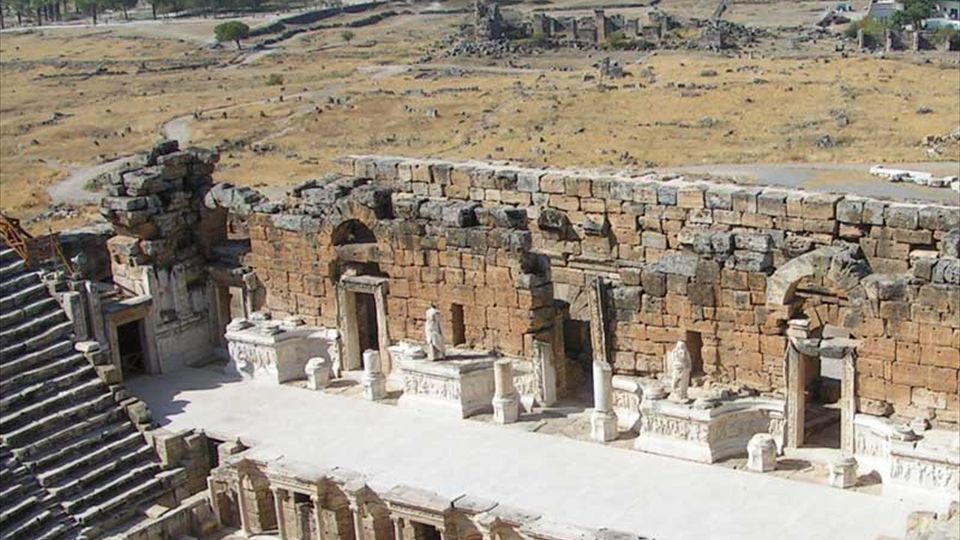


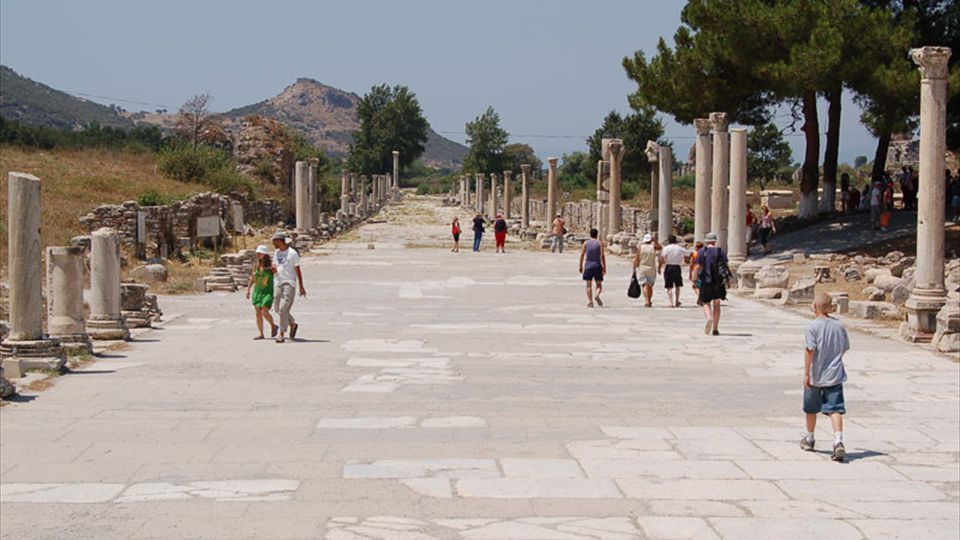

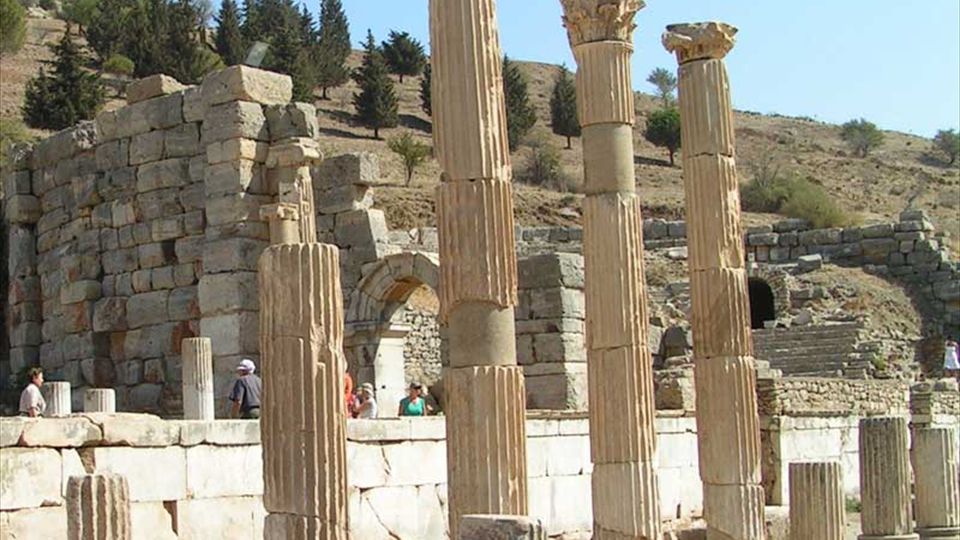
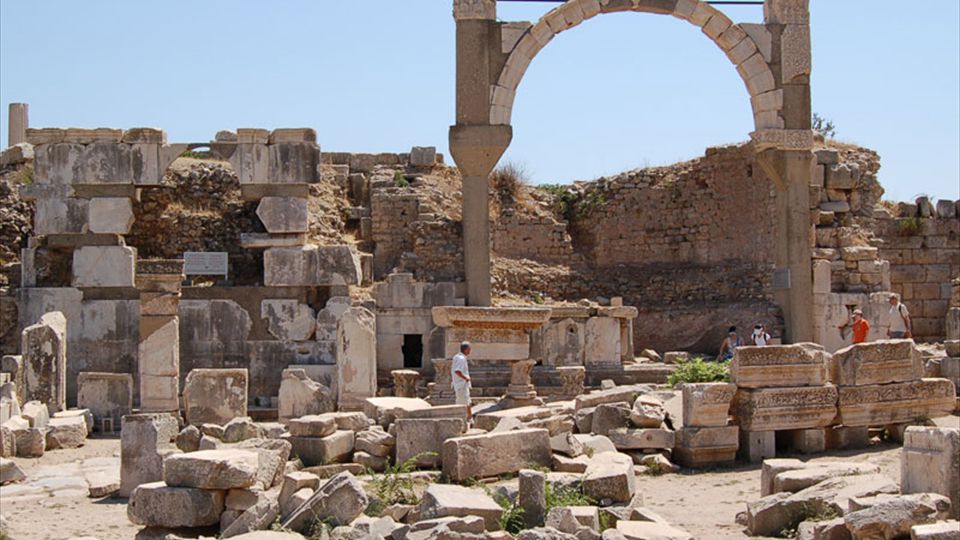

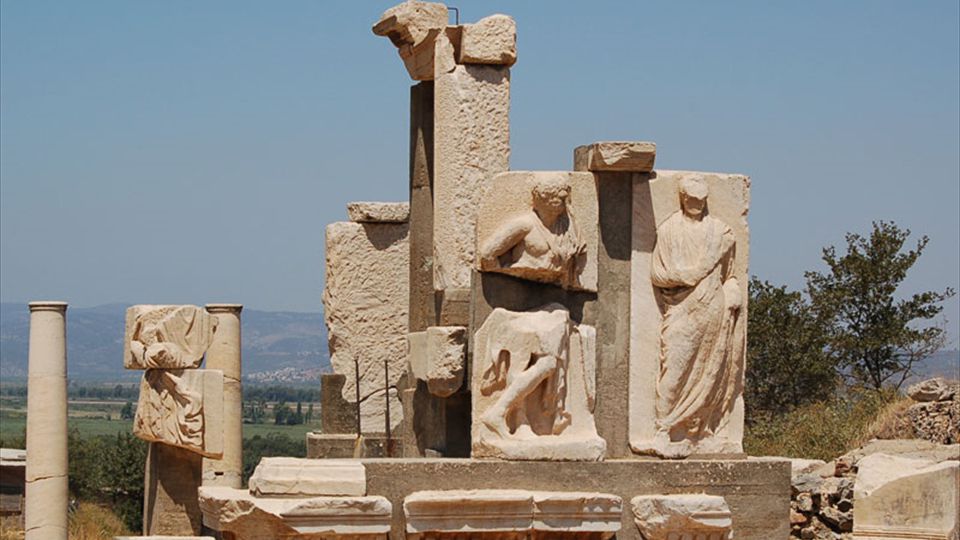


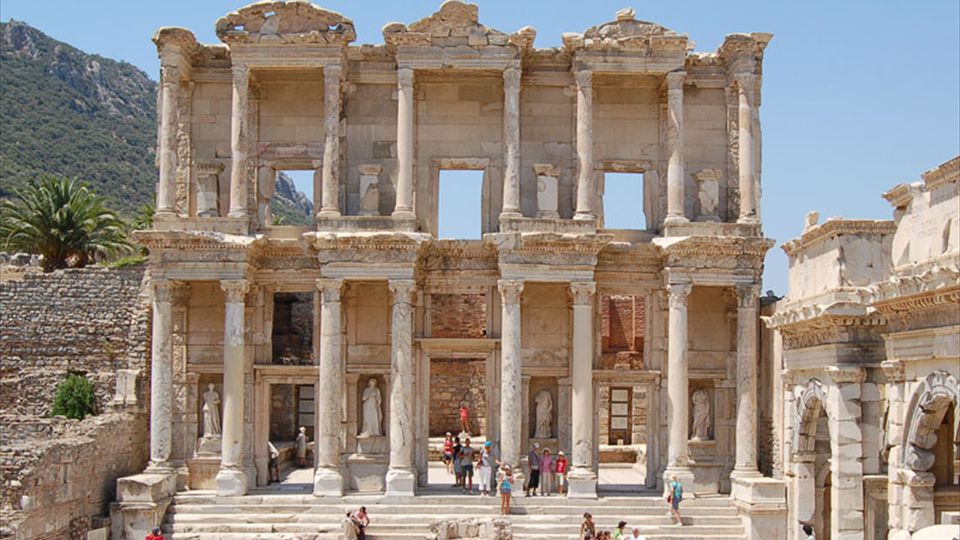
 1
1 2
2 3
3 4
4 5
5 6
6 7
7 8
8 9
9 10
10 11
11 12
12